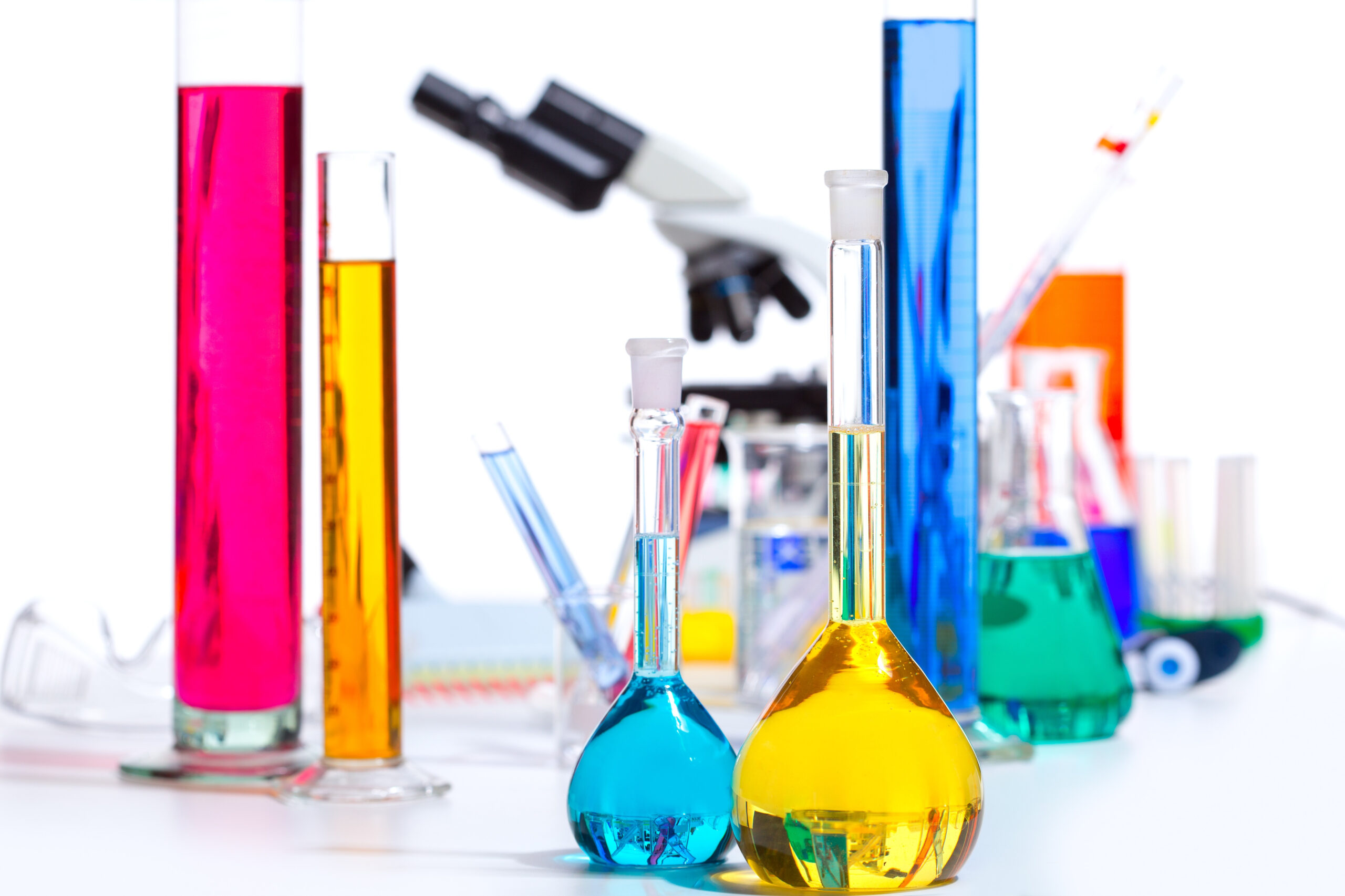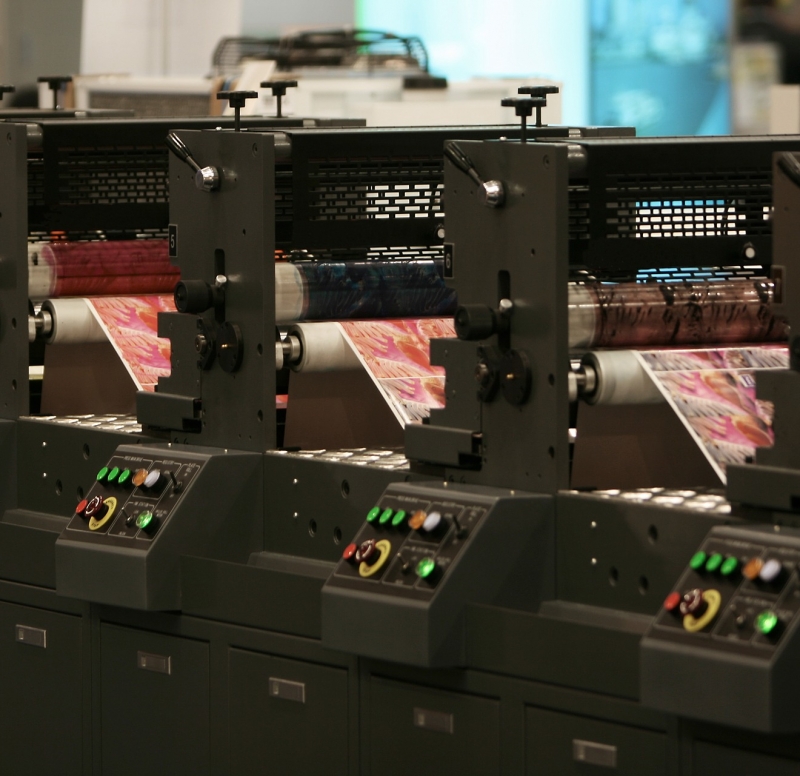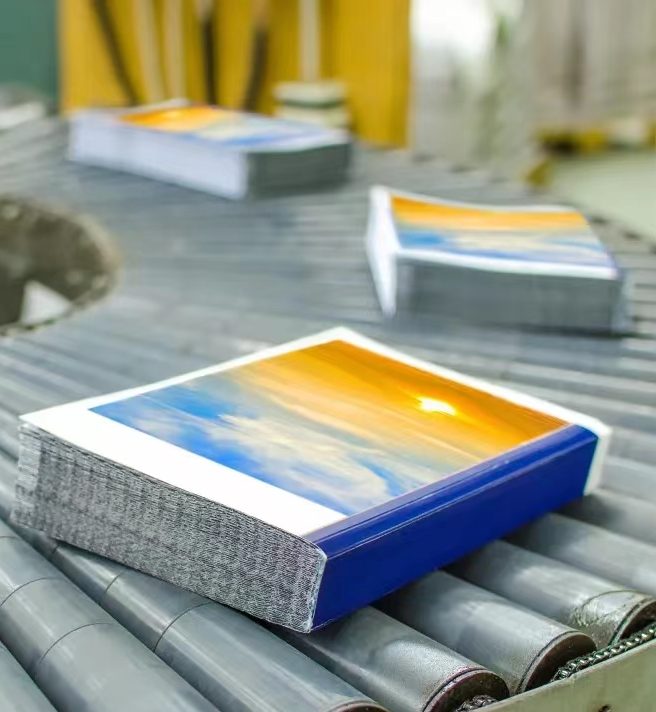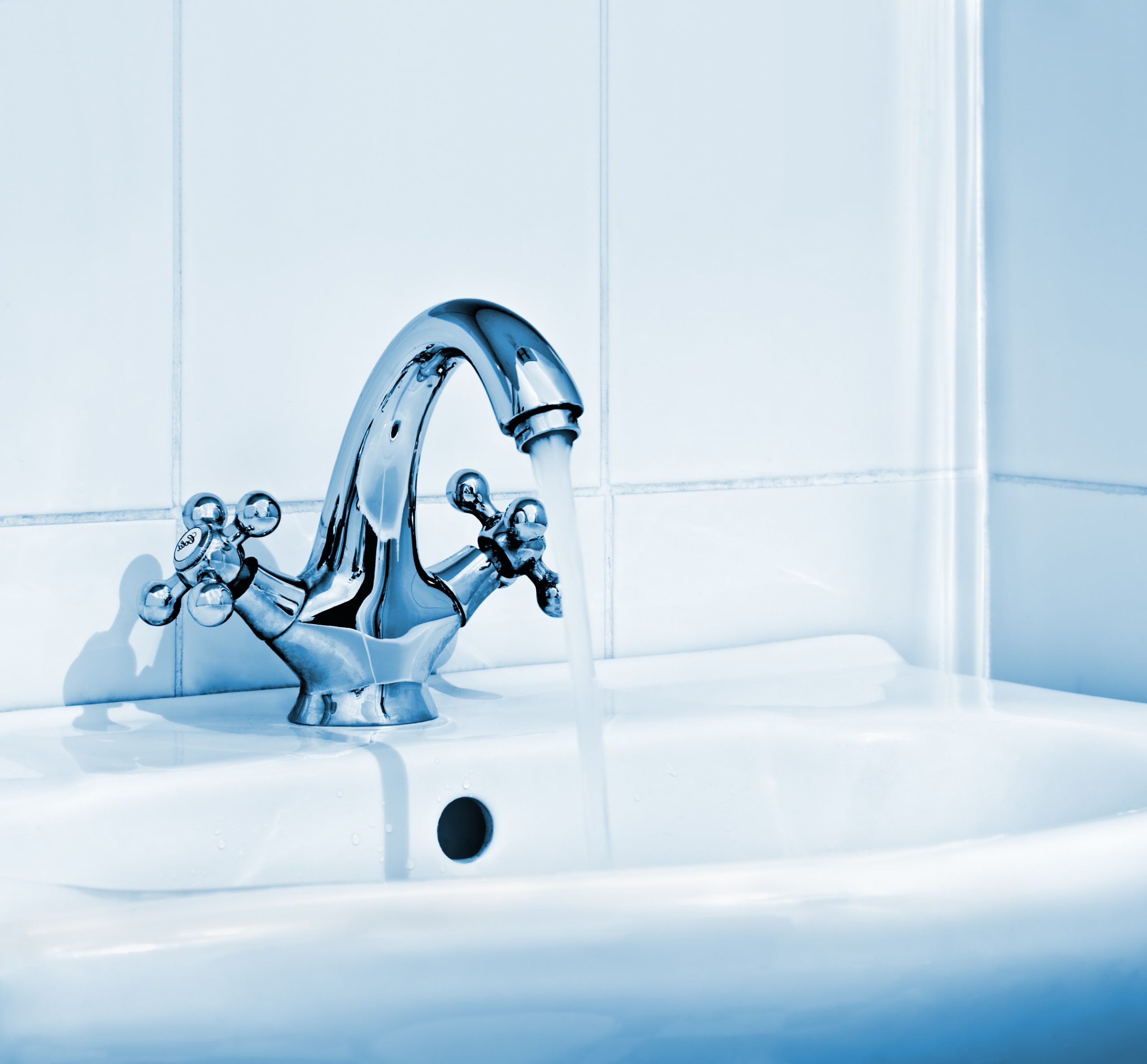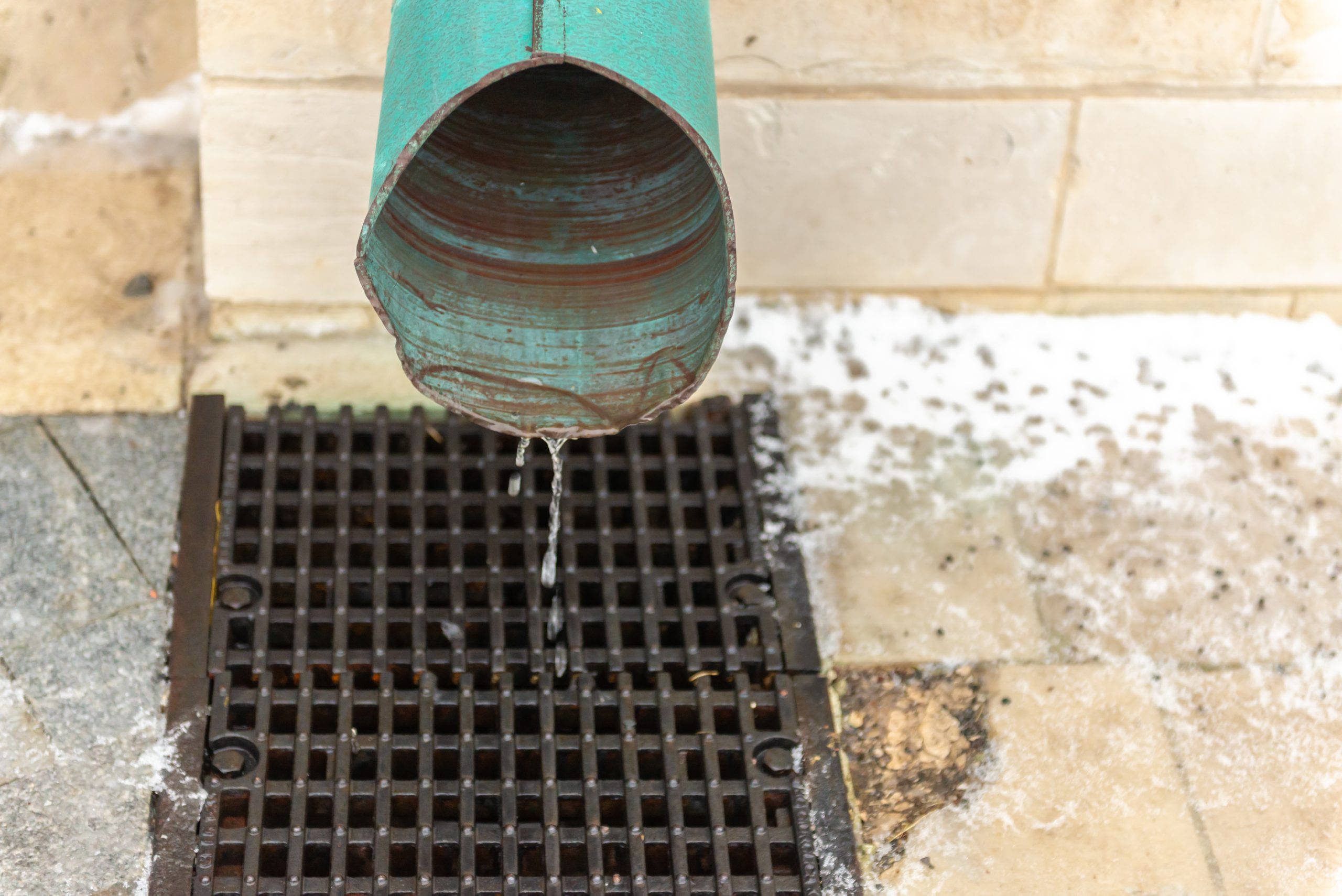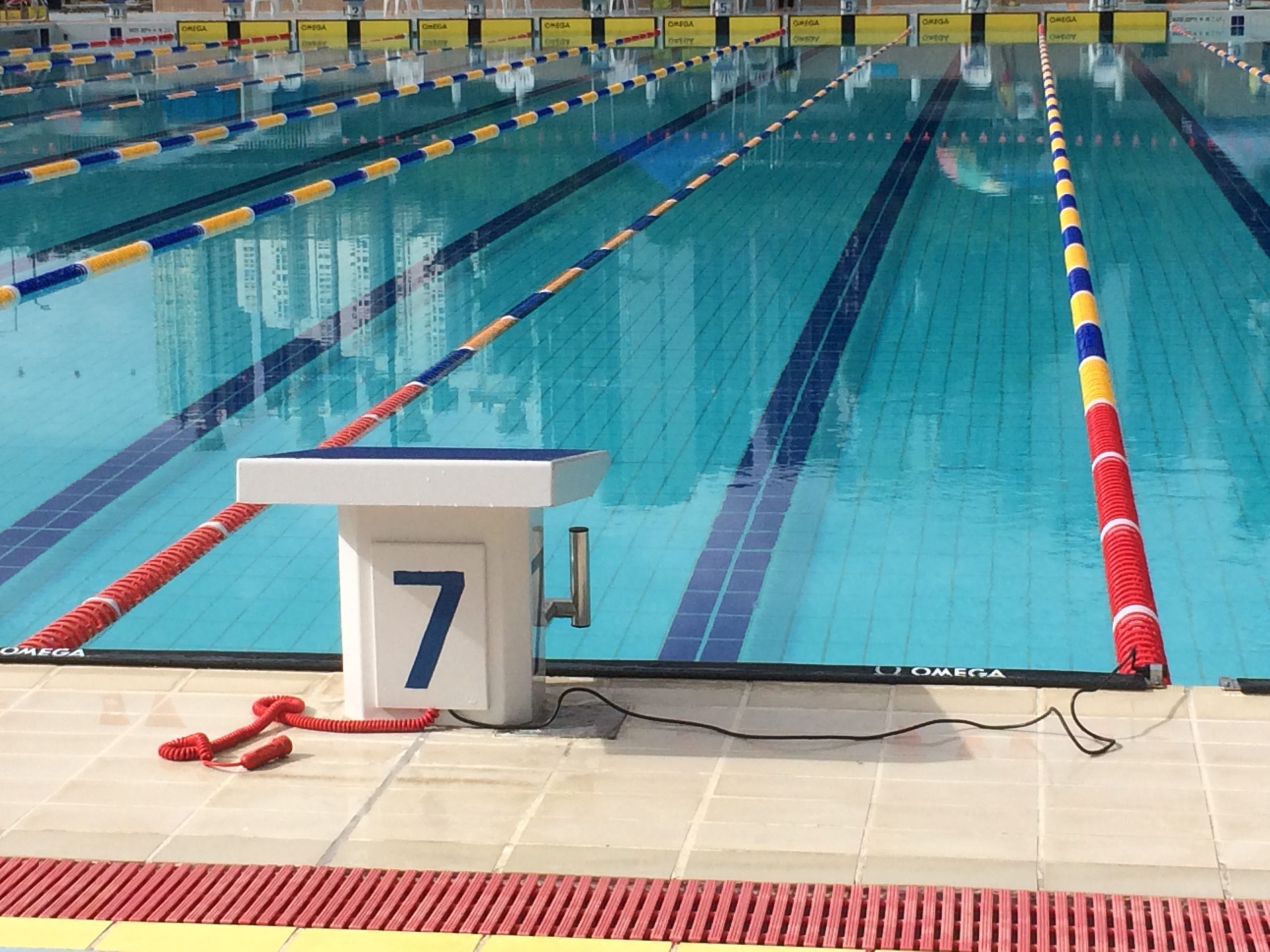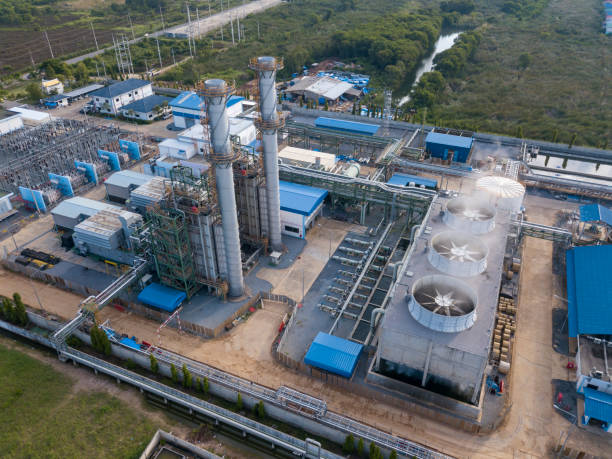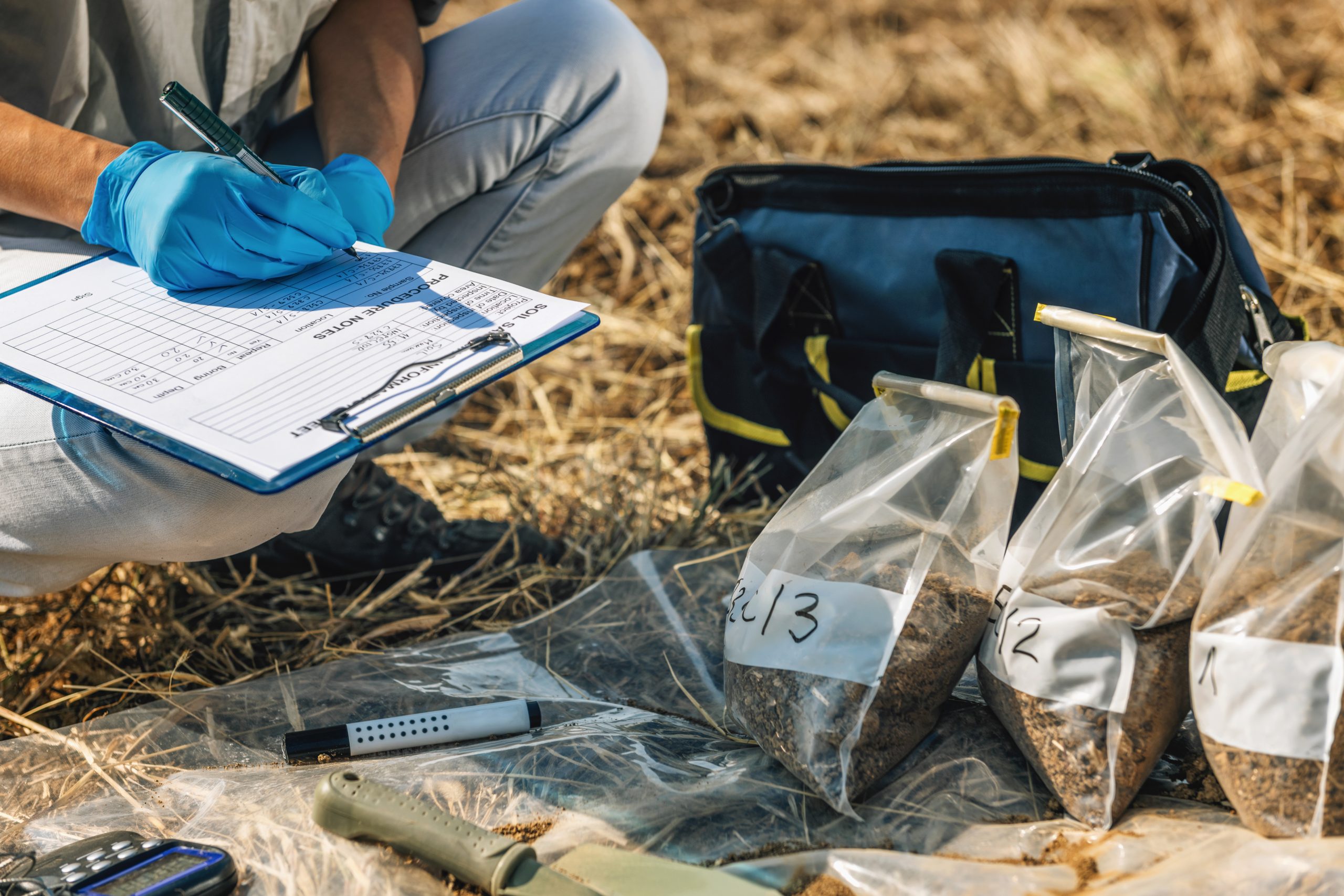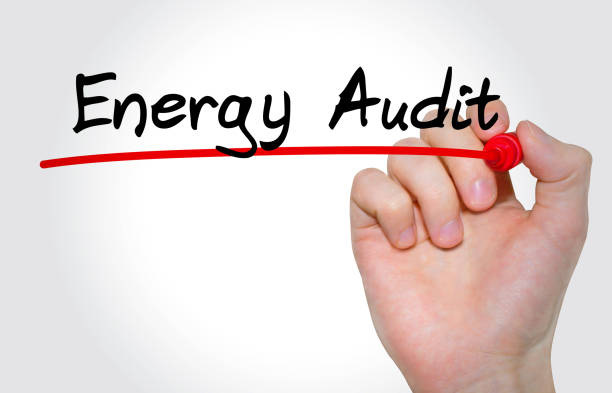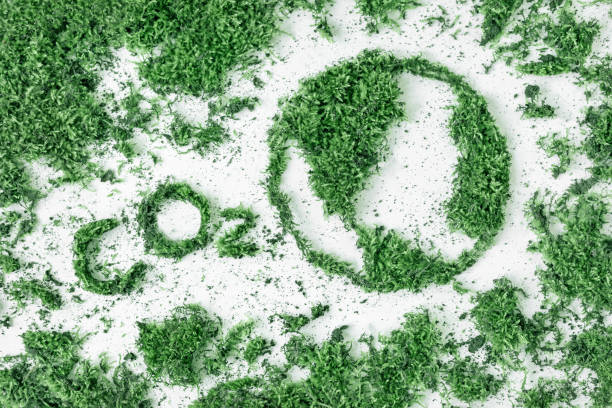Odour is one of the air quality issues as it might cause unpleasant feeling and nuisance to public. It is normally caused by volatilized chemical compounds that we perceive by the sense of olfaction. Landfills, pig farms and sewage treatment plants in Hong Kong normally have odour emission. It is required to be monitored regularly to avoid nuisance to nearby public. Odour management is crucial in maintaining a healthy and comfortable environment for the public. The first step in odour management is identifying the source of the odour. Once the source is identified, appropriate actions can be taken to reduce or eliminate the odour.
Importance of Odour Management
One effective method of odour management is by using odour control technology. This involves the use of air filters, adsorbents, and other specialized equipment to neutralize and remove odours. However, it is important to note that odour control technology should not be relied on as the sole solution to odour management. Proper waste management practices, such as regular cleaning and maintenance, are also necessary in reducing odour emissions. By implementing effective odour management strategies, we can create a more pleasant and sustainable environment for everyone.
Odour or smell is something conceptual. It cannot be measured using a physical unit like temperature or pressure. Therefore, an objective and standard method to measure odour is needed. One commonly used method is the dynamic olfactometry (EN 13725:2003) which uses human observers to rate the intensity of odour using a scale. The samples are diluted to a certain level before being presented to the panel of observers. The results are then statistically analysed to produce an odour concentration value that represents the intensity of the odour perceived by the observers. This method is widely accepted and recognised by the international community as the standard for odour measurement.
Apart from dynamic olfactometry, there are other methods available to measure odour such as gas chromatography-mass spectrometry (GC-MS) and electronic noses (e-noses). GC-MS is a highly sensitive and selective method that can detect and identify individual compounds in the odour sample. E-noses, on the other hand, mimic the human olfactory system using arrays of sensors and pattern recognition algorithms to classify and quantify the odour. These methods have their advantages and limitations and are usually used in conjunction with dynamic olfactometry to provide additional information on the odour source and composition. The choice of method depends on factors such as the purpose of the measurement, the type of odour and the resources available.
Why CMA Testing
Owing to the growing public concern on the odour issues, CMA Testing’s Environmental Division has established an Odour Testing Laboratory to provide testing services based on the British/European Standard Method BS EN 13725. The scope of service includes odour concentration and emission rate analysis, intensity analysis, hedonic analysis and related chemical analysis e.g. Ammonia(NH3) and Hydrogen Sulphide(H2S). We also provide one-stop consultancy service on odour evaluation, on-site monitoring and mitigation advices. The Odour Testing Laboratory at Environmental Division is equipped with state-of-the-art instruments and facilities to ensure accurate and reliable results. In odour evaluation and monitoring, our team of professionals has extensive training and expertise. Numerous industries, including waste management, food processing, and petrochemicals, frequently request our services.
Additionally, the Hong Kong Laboratory Accreditation Scheme (HOKLAS) has granted accreditation to our Odour Laboratory. This accreditation ensures that our laboratory operates in accordance with the internationally recognized standard ISO/IEC 17025:2017 and meets the requirements of our clients and regulatory authorities. Contact us today to learn how we can assist you with your odour monitoring and evaluation needs.







